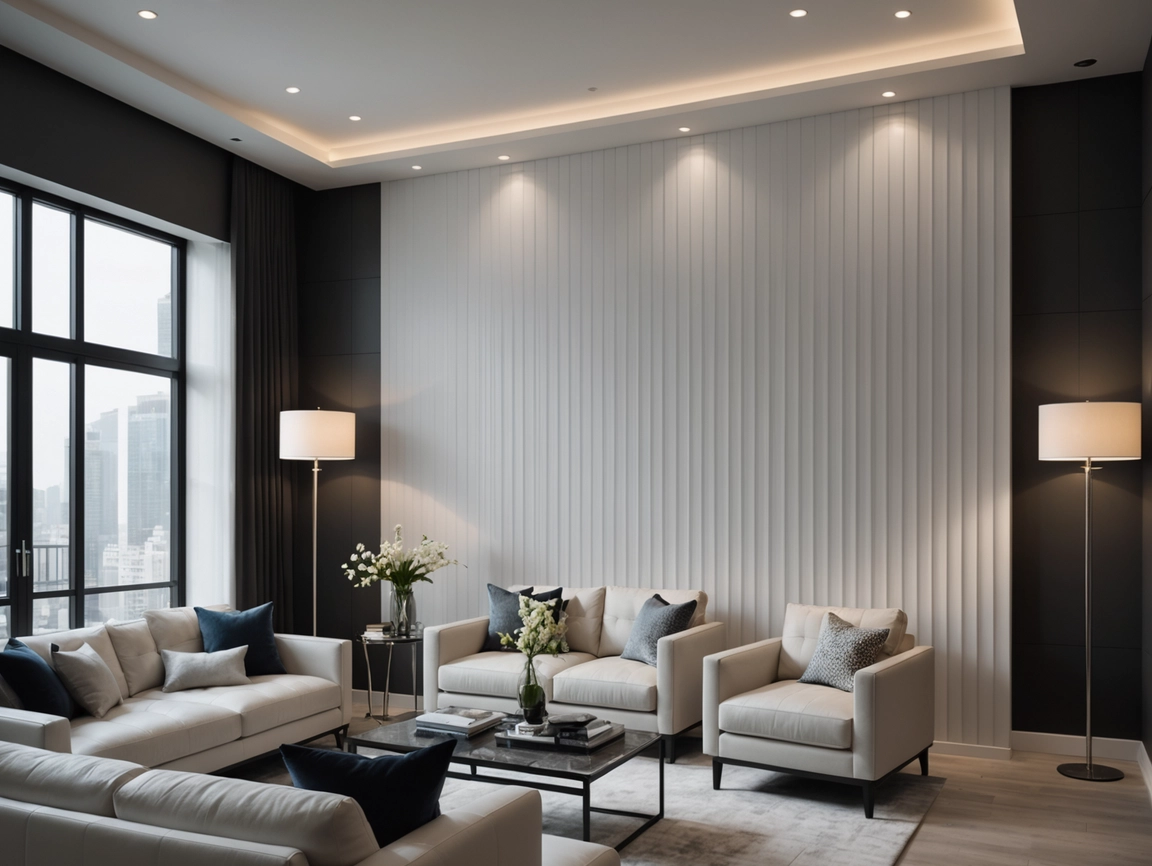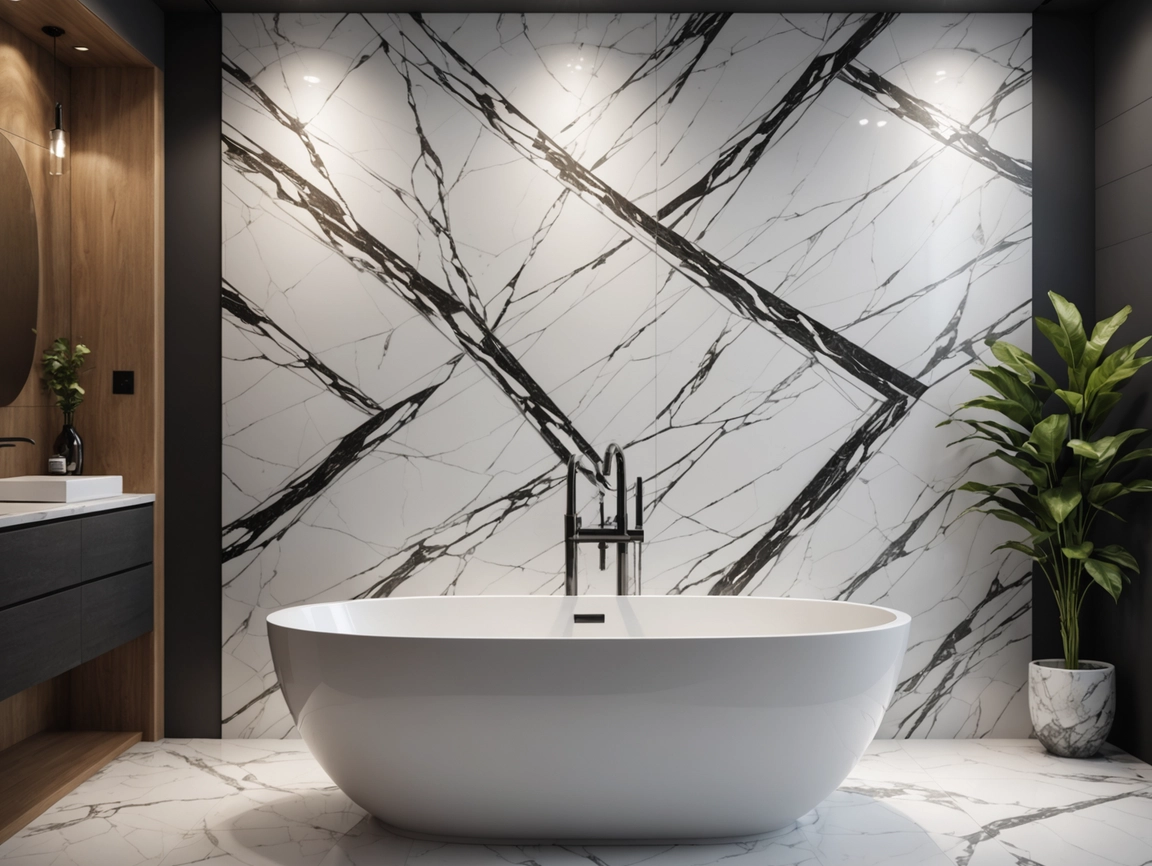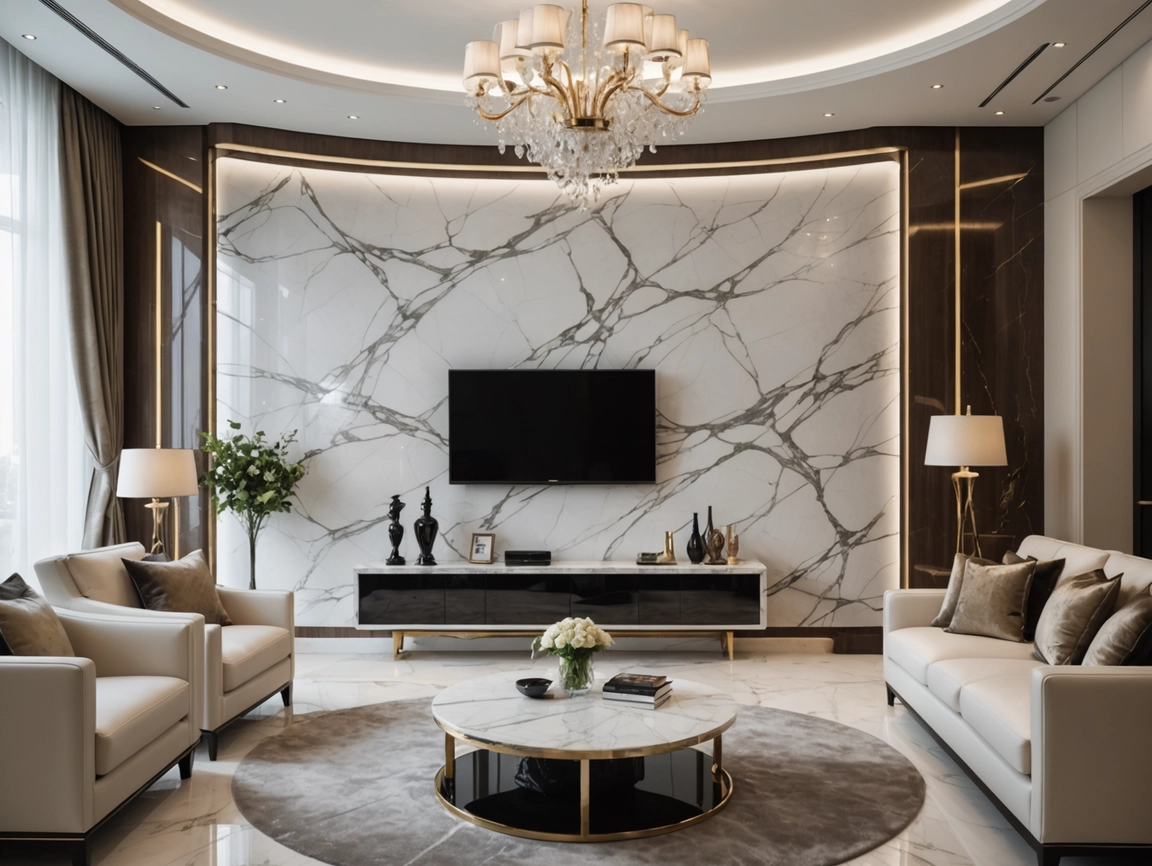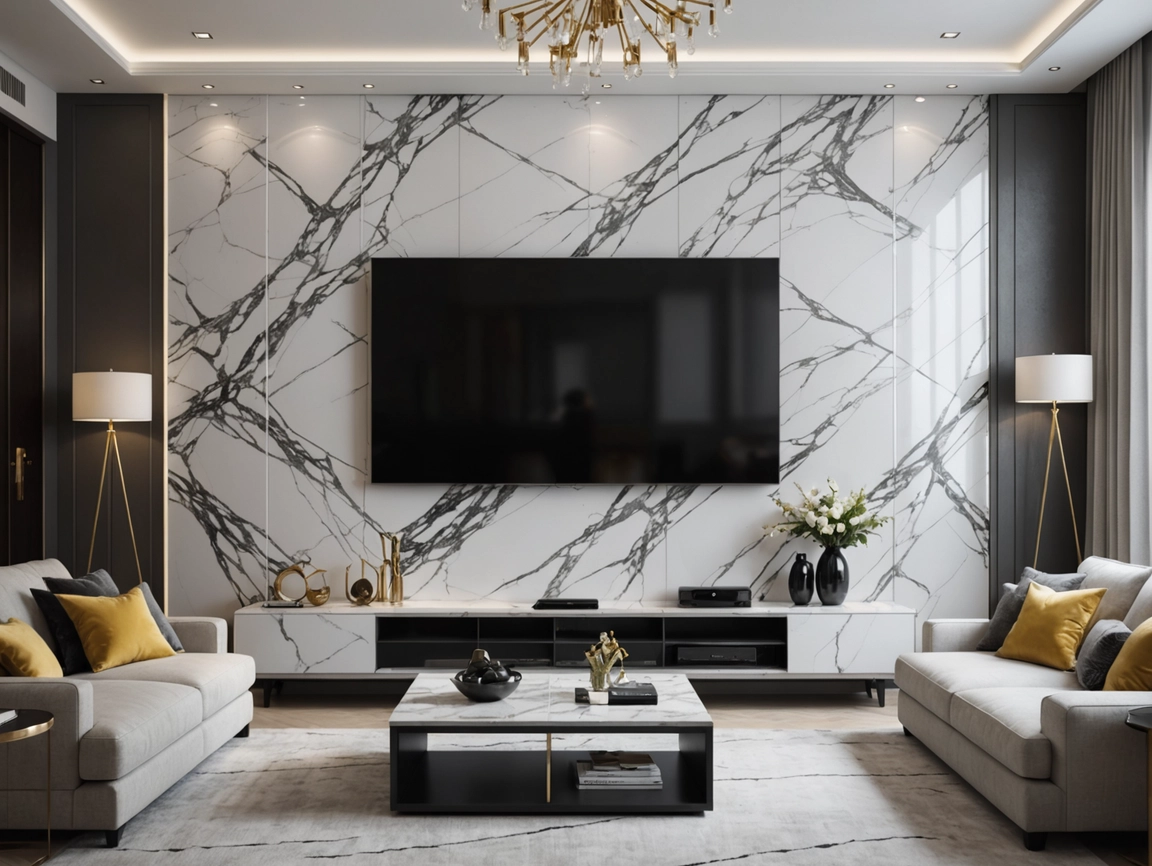Principles of Acoustics in Architectural Design
Good sound design is key to how we experience spaces—whether it’s a concert hall, office, or home. Poor sound planning can lead to echoes, noise issues, and even stress. This guide explains the basic rules of sound in building design, shares practical tips, and shows how new ideas are creating quieter, better spaces.
Key Points
- Focus on blocking outside noise and improving sound quality indoors.
- Important terms: NRC (sound absorption), STC (noise blocking), RT60 (echo time).
- 2024 trends: Computer-aided sound planning and eco-friendly materials.
- Key uses: Music halls, offices, hospitals, and homes.
7 Basic Rules for Good Sound Design
1. Absorb Sound
- Goal: Reduce echoes by trapping sound.
- Materials: Fabric panels, cork walls, or wood with holes.
- Tip: Cover 30–50% of walls/ceilings in echo-heavy areas (like theaters).
- Target: Aim for NRC ≥0.75 (higher = better absorption).
Example: The Sydney Opera House uses special panels to keep music clear with 1.5-second echoes.
2. Block Noise
- Goal: Stop outside or nearby noise (like traffic or machines).
- Materials: Heavy vinyl sheets, thick drywall, double-pane glass.
- Tip: Build walls with gaps or rubber mounts to reduce vibrations.
- Target: STC ≥50 for quiet spaces (e.g., recording rooms).
3. Spread Sound Evenly
- Goal: Avoid “dead spots” or harsh echoes.
- Materials: 3D wall panels, curved walls, or uneven surfaces.
- Tip: Add wave-shaped panels behind seats in meeting rooms.
4. Control Echo Time (RT60)
- What It Means: How long sound stays in a room after it starts.
- Ideal Times:
- Talking: 0.3–0.6 seconds (e.g., classrooms).
- Music: 1.0–2.5 seconds (e.g., concert halls).
- Fix: Add soft materials to shorten echoes; remove some to lengthen.
5. Plan Layout Wisely
- Goal: Keep noisy and quiet areas apart.
- Tips:
- Put loud equipment (AC units) away from quiet zones.
- Use hallways or closets as buffers between noisy and calm spaces.
- Angle walls in open offices to direct sound away.
6. Quiet Machines
- Goal: Reduce noise from HVAC, pipes, or elevators.
- Solutions:
- Add rubber pads under AC units.
- Wrap ducts with sound-absorbing liners.
- Choose quiet bathroom fans.
2025 New Ideas
- Computer Sound Tools: Apps like Autodesk Acoustics predict how sound moves in 3D models.
- Smart Panels: Adjust thickness via phone to control noise.
- Eco Materials: Panels made from recycled plastic or hemp.
- Green Walls: Plants that absorb sound while improving air.
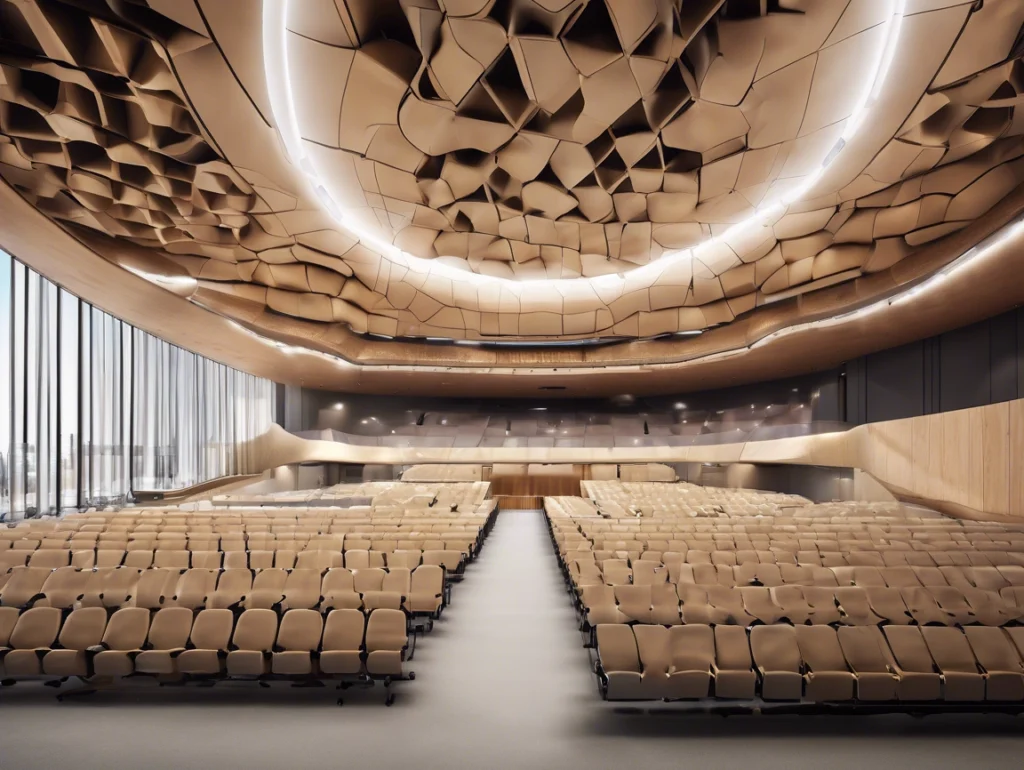
Real-World Fixes
| Space | Problem | Solution |
|---|---|---|
| Open Office | Too much echo and talk | Hang fabric panels (NRC 0.9) + add desk screens. |
| Apartment | Noise from upstairs | Use rubber floor pads (STC 70) + thick ceiling layers. |
| Hospital Room | Patient privacy | Install sound-blocking curtains (NRC 0.8) + background noise machines. |
| Home Theater | Outside noises | Build double walls with glue (STC 60) + corner bass traps. |
Common Mistakes
- Missing Hidden Noise Paths: Sound travels through vents and cracks—seal with special putty.
- Too Many Panels: Makes rooms feel “dead.” Mix absorption and spreading.
- Wrong Surfaces: Avoid shiny walls (glass, stone) where echoes are bad.
FAQs
Q: How much does sound design cost?
A: Pros charge 2,000–10,000+. DIY fixes start at $500.
Q: Do plants help with sound?
A: Yes! Thick plants absorb mid/high sounds (NRC ~0.3–0.5).
Q: Best floor for quiet?
A: Cork or carpet with rubber underlay (STC 55+).
Final Note: Design for Sound and Sight
Great spaces look good and sound good. Use absorption, blocking, and smart layouts to make places both beautiful and peaceful. Start by checking noise issues, focus on problem areas, and try new materials.
Need help? Grab our free sound checklist or talk to an expert.
Free samples
In recent years, composite products have become more and more popular all over the world. We believe you will also be interested in this new material. If you are interested, you can come to consult us. We have a professional service team that can not only answer any questions you may have but also provide you with free samples. Let you better understand the composite products. There is no doubt that composite wall panels will be the new future.
Share

James is a content creator and decorator with five years of experience designing home decor. In his daily life, james is constantly on the lookout for the latest, great examples of house design and further optimizes his solutions. Additionally, he writes articles related to outdoor design, interior design, and architectural decorating materials to help brands build more engaging relationships with their audiences.

